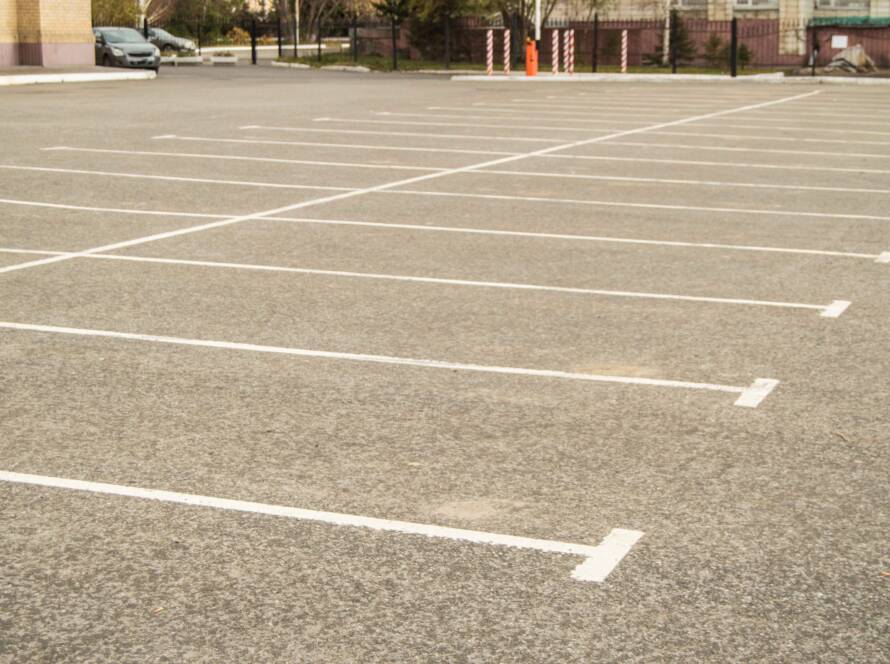Tarmac is a widely used surface material for driveways, car parks, and roads due to its durability, affordability, and ease of maintenance. However, like all surfaces, it goes through a natural progression of wear and aging. Understanding the tarmac lifecycle is key to maintaining long-lasting, safe, and visually appealing surfaces.
Stage 1: Tarmac Installation – The Beginning of the Lifecycle
A successful tarmac lifecycle starts with correct installation. Proper tarmac installation lays the groundwork for a strong, long-lasting surface.
🔧 Key Steps in Installation:
-
Site Preparation: Old materials are cleared, and the ground is levelled and compacted.
-
Base Layer Application: Crushed stone or gravel is laid as a foundation.
-
Hot Tarmac Laying: The hot tarmac mixture is poured and spread using paving equipment.
-
Compaction: Rollers compress the material to eliminate air pockets and create a uniform finish.
-
Curing: The surface needs 24–48 hours to fully harden and be ready for traffic.
Suggested Image: Workers applying hot tarmac to a prepared driveway
Replace with media
Stage 2: Maintenance – Preserving the Tarmac Surface
Ongoing maintenance is crucial to extending the tarmac lifecycle. Neglecting regular care can speed up surface degradation and lead to costly repairs.
🛠 Essential Maintenance Tasks:
-
Cleaning: Remove debris, oil, and vegetation regularly.
-
Sealing: Apply a sealant every 2–3 years to protect against UV, water, and chemical damage.
-
Crack Filling: Use crack sealant to prevent small cracks from expanding.
-
Pothole Repair: Prompt pothole repair is critical to stopping water infiltration and sub-base damage.
-
Drainage Check: Poor drainage can accelerate surface fatigue and should be corrected.
Quote:
“An ounce of prevention is worth a pound of cure.” —Benjamin Franklin
Stage 3: Wear and Degradation – Mid-Lifecycle Challenges
Even with regular care, every surface will face natural wear over time. The tarmac lifecycle includes a mid-phase where signs of deterioration start to appear.
⚠️ Common Causes of Tarmac Deterioration:
-
Weather Extremes: Sun, rain, frost, and snow cause expansion and contraction that lead to cracks.
-
Traffic Stress: Frequent or heavy vehicle traffic wears the surface down faster.
-
Aging: As tarmac ages, its binding materials weaken, becoming brittle and prone to damage.
🔍 Warning Signs:
-
Faded surface color
-
Hairline cracks
-
Loose gravel (raveling)
-
Pooling water
-
Uneven or sinking areas
Suggested Image: Close-up of a weathered and cracked tarmac surface
Replace with media
Stage 4: Repair and Driveway Resurfacing
When a surface shows moderate wear but still has a solid foundation, repairs or driveway resurfacing can extend the tarmac lifecycle without needing full replacement.
🔨 Common Repair Options:
-
Patching: Best for isolated damage such as potholes and deep cracks.
-
Overlay Resurfacing: A fresh layer of tarmac is applied over the existing surface to restore its structure and appearance.
Resurfacing is especially useful when damage is cosmetic or surface-level, helping delay complete replacement for several years.
Stage 5: Replacement – The Final Phase of the Tarmac Lifecycle
Eventually, a surface will reach the end of its usable life. When extensive damage occurs—especially to the sub-base—full replacement is the only viable option.
♻️ Replacement Process:
-
Surface Removal: The old tarmac is excavated and cleared.
-
Base Repair: Any damage to the foundation is addressed to ensure stability.
-
New Tarmac Installation: The surface is reinstalled, repeating the original installation process.
Suggested Image: Freshly replaced tarmac surface on a residential driveway
Replace with media
Conclusion: Managing the Full Tarmac Lifecycle
Understanding each stage of the tarmac lifecycle allows homeowners, property managers, and commercial clients to take control of surface performance and longevity. From the initial tarmac installation to proactive pothole repair and eventual resurfacing or replacement, each step plays a crucial role.
🔑 Key Takeaways:
-
A properly installed tarmac surface forms the foundation of a long lifecycle.
-
Routine maintenance, including sealing and crack repair, is essential to slow down wear.
-
Early signs of damage can often be addressed with patching or resurfacing.
-
When the surface is beyond repair, full replacement ensures long-term safety and usability.
By staying ahead of surface wear and investing in quality maintenance and timely repairs, you can get the most out of your tarmac investment while avoiding avoidable costs.



